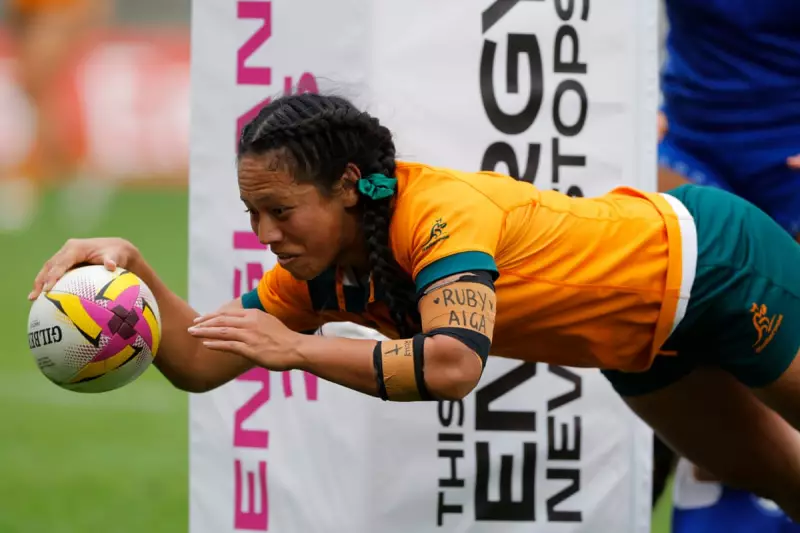
Despite a series of lopsided scorelines in the opening stages of the Women's Rugby World Cup, tournament organisers are adamant that the sport's unprecedented global momentum will not be stalled.
World Rugby officials have confronted the issue head-on, acknowledging that the record 102-0 victory of England over Kazakhstan and other hefty wins have sparked debate. However, they insist these results are a natural growing pain for an expanding sport, not a sign of a fundamental flaw.
Record-Breaking Interest Overshadows Early Blowouts
The governing body points to soaring metrics that paint a picture of robust health. The tournament is smashing viewership records, with broadcast audiences up a staggering 60% compared to the last World Cup. Furthermore, participation rates in women's rugby are experiencing explosive growth worldwide.
A spokesperson for World Rugby emphasised that the focus is on the long-term trajectory. "While we naturally want highly competitive matches from the outset," they stated, "our primary goal is building a sustainable and global game. The investment and structures we are putting in place now are designed to ensure the gap between emerging and established nations closes rapidly."
A Strategic Focus on Closing the Gap
This isn't merely hopeful rhetoric. World Rugby has implemented a multi-million-pound investment programme specifically targeted at developing women's rugby in newer nations. The strategy includes high-performance funding, coaching support, and competitive structures outside of the World Cup cycle to provide more regular, high-level competition for teams.
The organisers argue that the current tournament format, which includes a broad range of teams, is essential for this development. Exposing emerging nations to the highest level of the sport is a crucial step in their journey to becoming more competitive.
The message from the top is clear: the occasional mismatch is a temporary side effect of the sport's rapid and successful growth. The overwhelming evidence of increased engagement, investment, and interest confirms that women's rugby is on an unstoppable upward climb, with a far more competitive future on the horizon.





